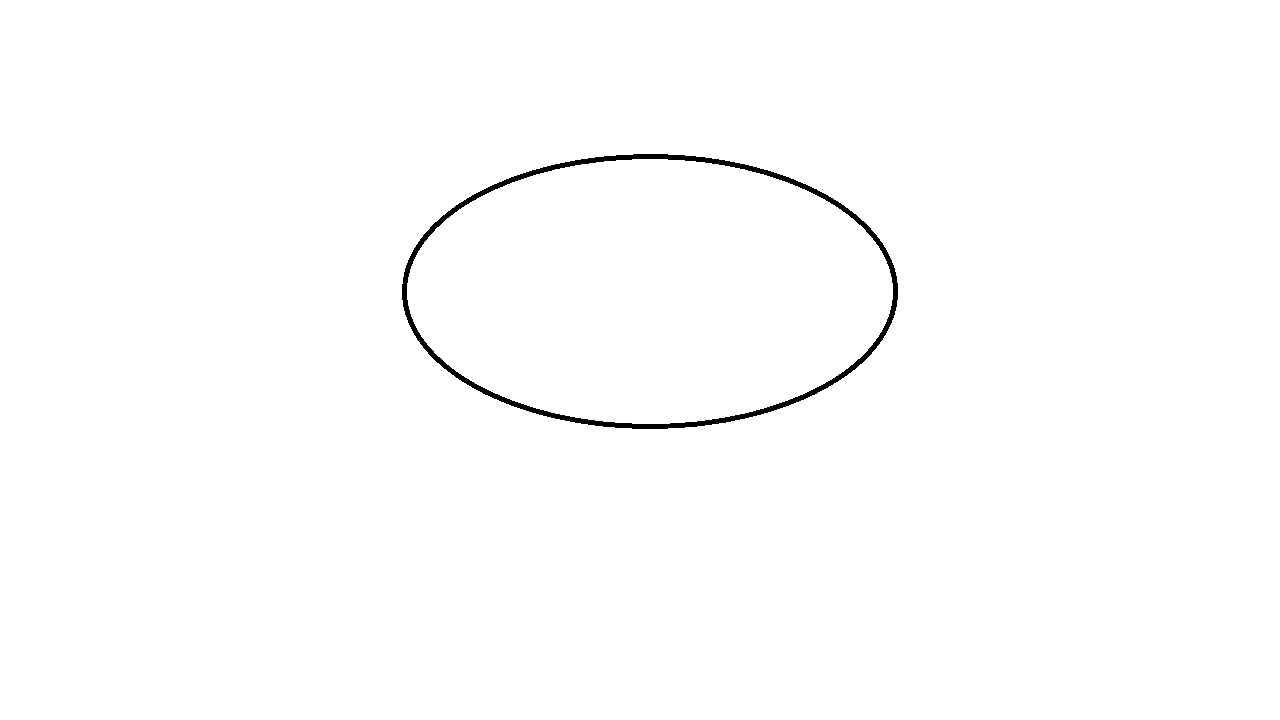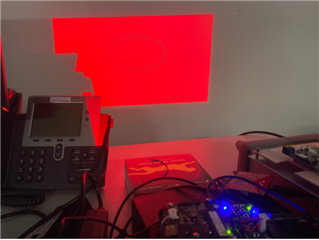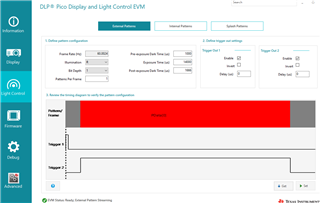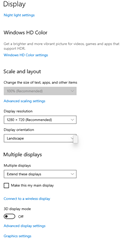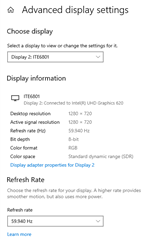Other Parts Discussed in Thread: DLP4710EVM-LC
Hi team,
I'm using the DLP3010EVM-LC for the purpose of displaying a series of 2D binary patterns (about 2000).
Now I want to send the trigger out signal from Pin 7 on J4 to the trigger in Pin of a camera to synchronize the DLP and the camera. I also want the patterns to be synchronized with the trigger out signal. So whenever the pattern changes, the camera would 'know' and capture it.
Since I'm displaying 2D patterns, I have to use the external pattern mode which is sent from my laptop through the HDMI connector. And it just displayed the same as what's shown on the laptop, not an image sequence. I really would like to know if there is any smarter way of achieving my goal. Or should I just buy DLP Lightcrafter 4500, which has a 'pattern sequence mode'?
Also, is the refresh rate of my laptop gonna affect the frame rate in display mode and external pattern mode?
Thank you very much!




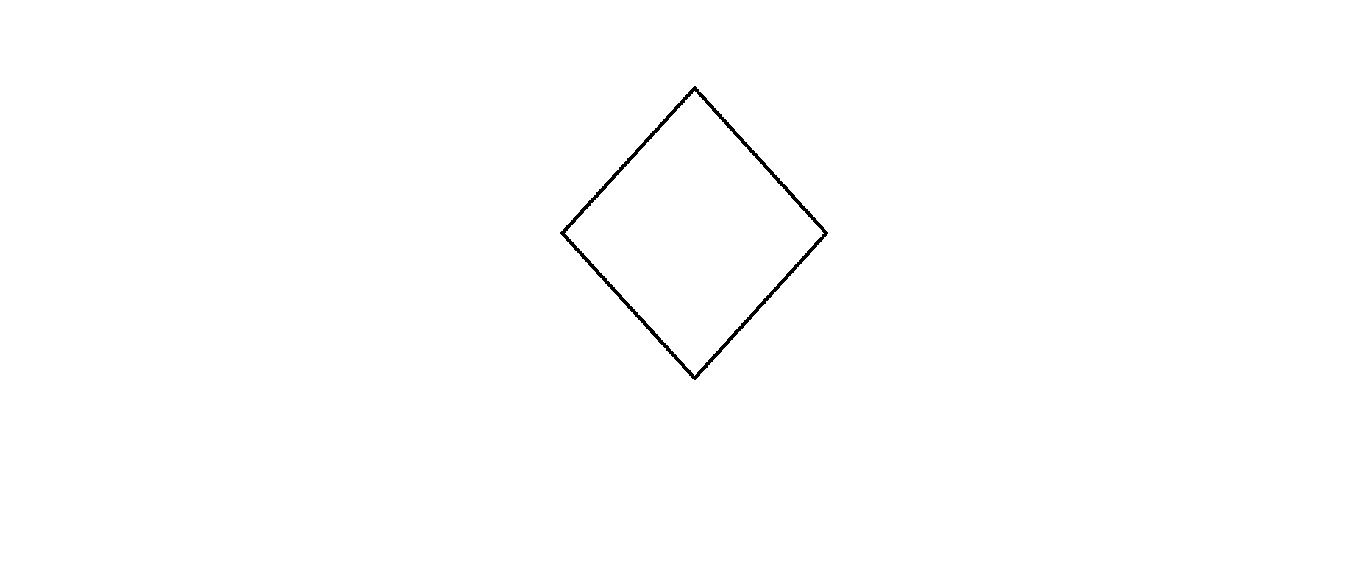
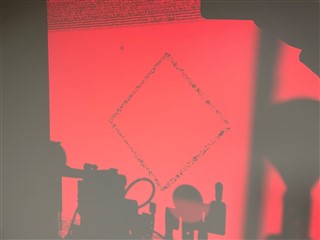
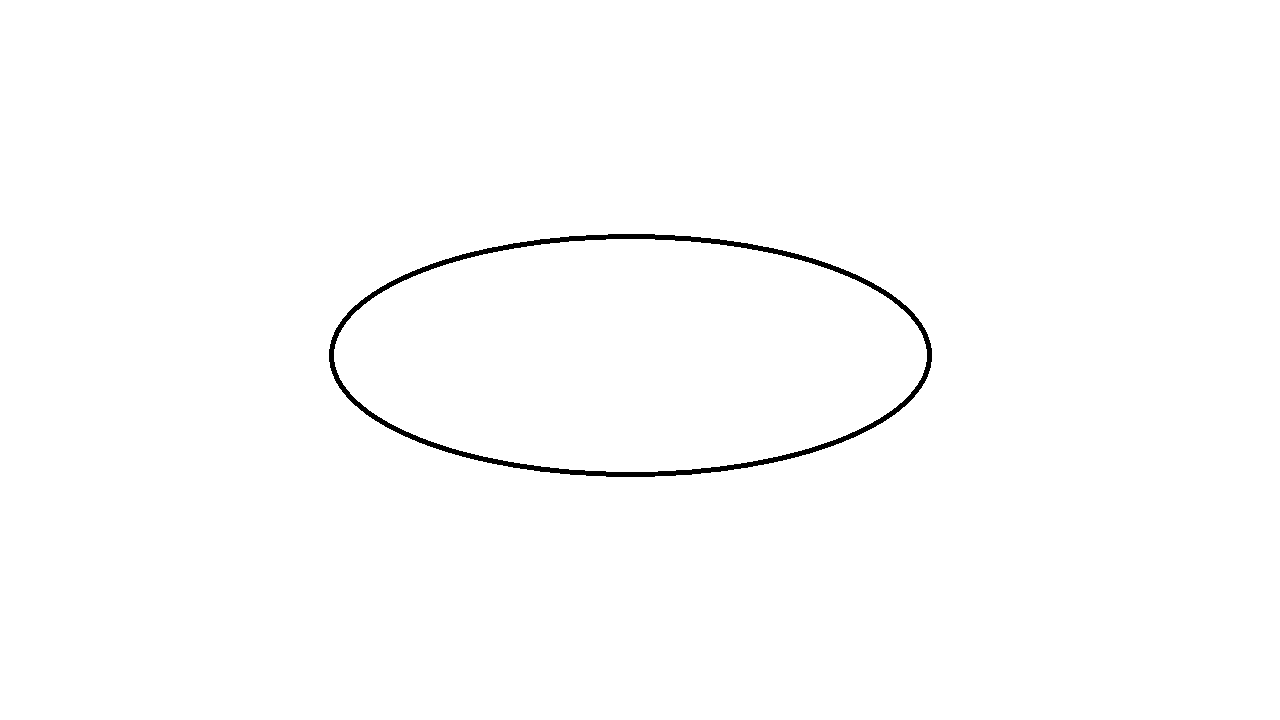 which is a 1280*720 .bmp file generated by Paint.
which is a 1280*720 .bmp file generated by Paint.
